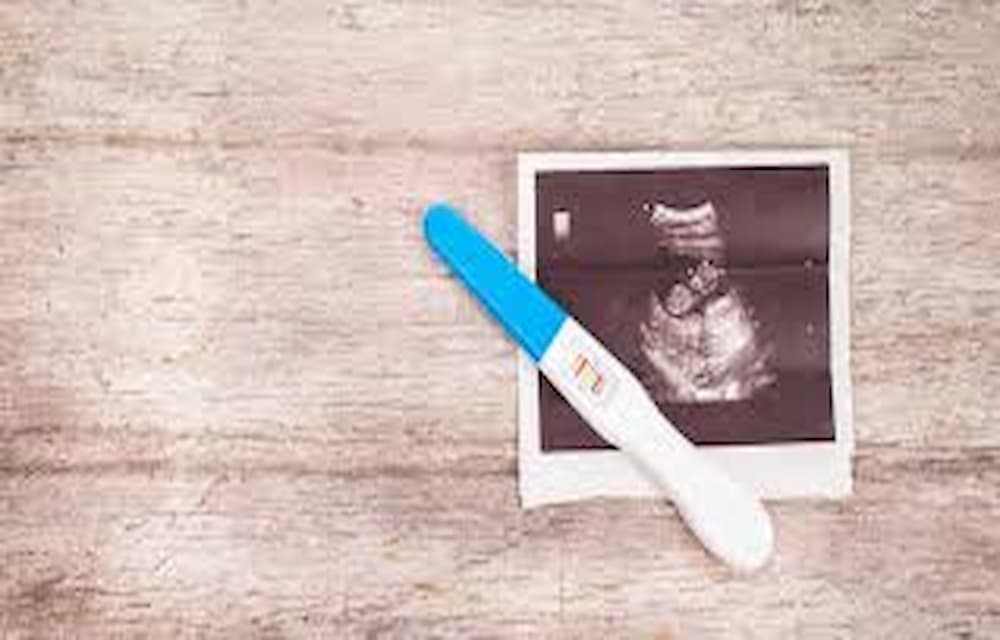Related Articles
Nexplanon is an effective contraceptive method used by many to prevent pregnancy. However, if you’re looking to conceive and you have been using Nexplanon, it’s important to understand how to manage the transition from contraception to pregnancy. This guide offers practical advice and steps to help you increase your chances of getting pregnant after removing Nexplanon.
Understanding Nexplanon and Its Effects
Nexplanon is a small, hormonal implant inserted under the skin of your upper arm. It releases the hormone etonogestrel, which prevents pregnancy through several mechanisms:
1. Prevention of Ovulation
Nexplanon suppresses the release of eggs from the ovaries. Without ovulation, there is no egg available for fertilization, thus preventing pregnancy.
2. Thickening Cervical Mucus
The hormone also thickens the cervical mucus, making it difficult for sperm to travel through the cervix and reach any egg that might be present.
3. Thinning Uterine Lining
Nexplanon changes the uterine lining, making it less likely for a fertilized egg to implant and grow.
Steps to Take When Trying to Get Pregnant
If you’ve decided to conceive after using Nexplanon, here are key steps to follow:
1. Remove the Nexplanon Implant
The first step is to have the Nexplanon implant removed. This procedure is typically quick and performed by a healthcare provider. The implant can be removed at any time, and fertility generally returns quickly afterward.
2. Understand Your Fertility Cycle
After removal, it’s important to understand your menstrual cycle. While some women resume regular cycles immediately, others may take a few months to return to normal.
- Track Your Cycle: Keep track of your menstrual cycle to identify ovulation. Apps and ovulation predictors can be helpful.
- Monitor Ovulation Symptoms: Pay attention to signs of ovulation such as changes in cervical mucus or basal body temperature.
3. Maintain a Healthy Lifestyle
Adopting a healthy lifestyle can enhance your chances of conception.
- Balanced Diet: Eat a diet rich in fruits, vegetables, whole grains, and lean proteins.
- Regular Exercise: Engage in regular physical activity to maintain a healthy weight.
- Avoid Harmful Substances: Limit alcohol consumption and avoid smoking.
4. Consult a Healthcare Provider
It’s a good idea to consult with your healthcare provider when planning to get pregnant.
- Preconception Checkup: Schedule a preconception checkup to ensure you’re in optimal health.
- Discuss Medical History: Review any medical conditions or medications that might impact fertility.
Common Concerns and Questions
1. How Long After Removal Should I Wait to Try?
Fertility can return quickly after removing Nexplanon. Many women conceive within the first few months, but it’s normal for some to take longer.
2. Will Nexplanon Affect My Long-Term Fertility?
No long-term effects on fertility are associated with Nexplanon. Once removed, your fertility should return to what it was before using the implant.
3. Are There Any Side Effects After Removal?
Some women might experience temporary irregularities in their menstrual cycle or hormonal changes after removal, but these typically resolve on their own.
Final Thoughts
Getting pregnant after using Nexplanon is very feasible, and understanding the process can help you navigate this transition smoothly. By following these steps and maintaining a healthy lifestyle, you can optimize your chances of conception. If you have concerns or experience difficulties, consulting with a healthcare provider can provide additional guidance and support




